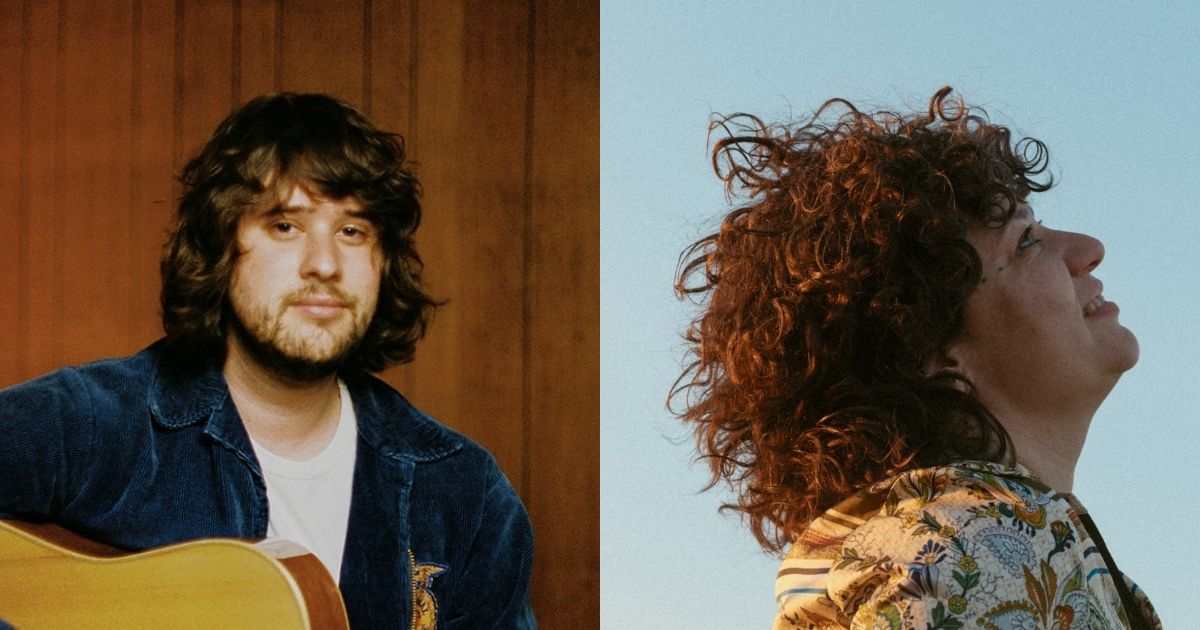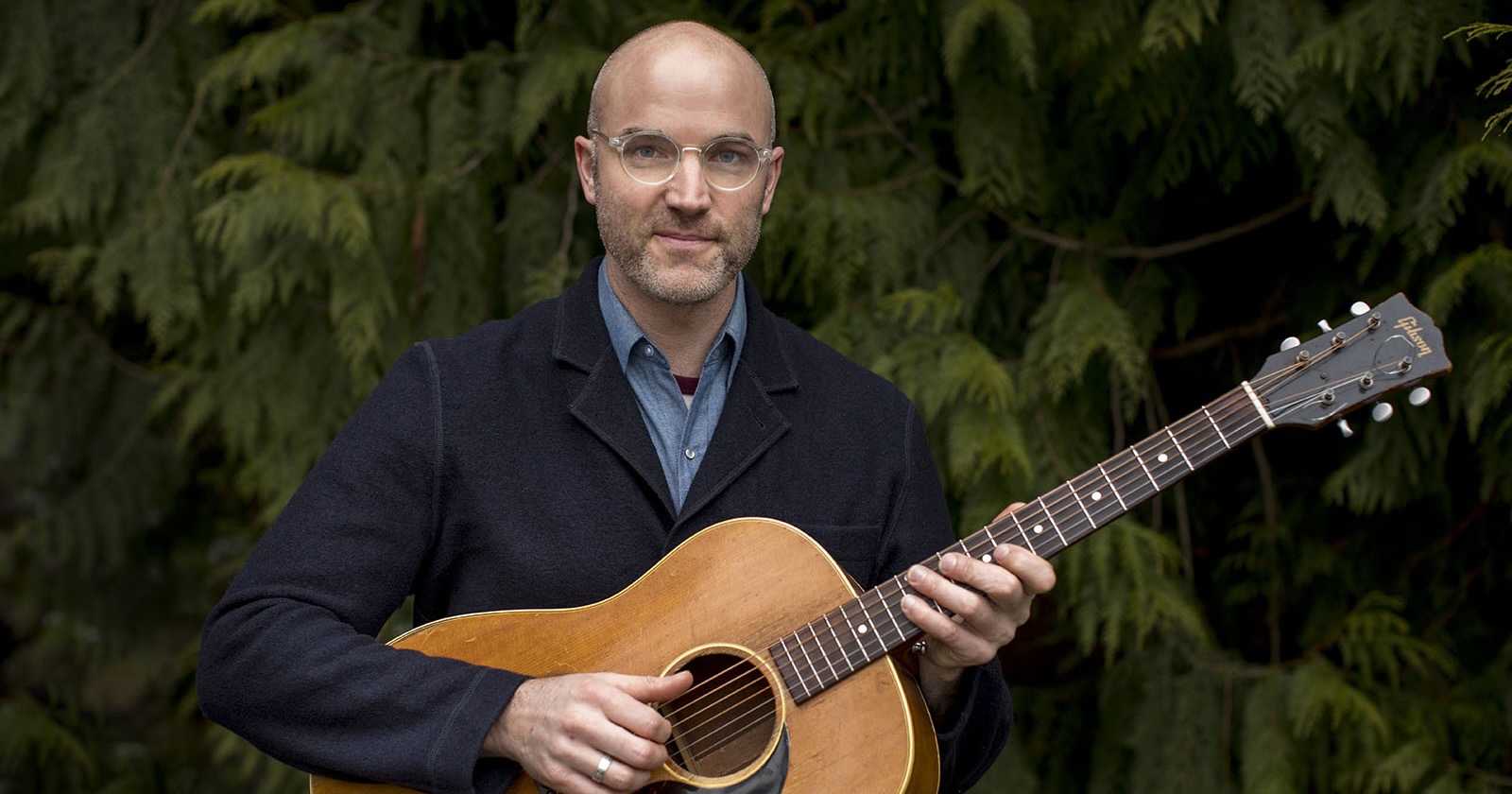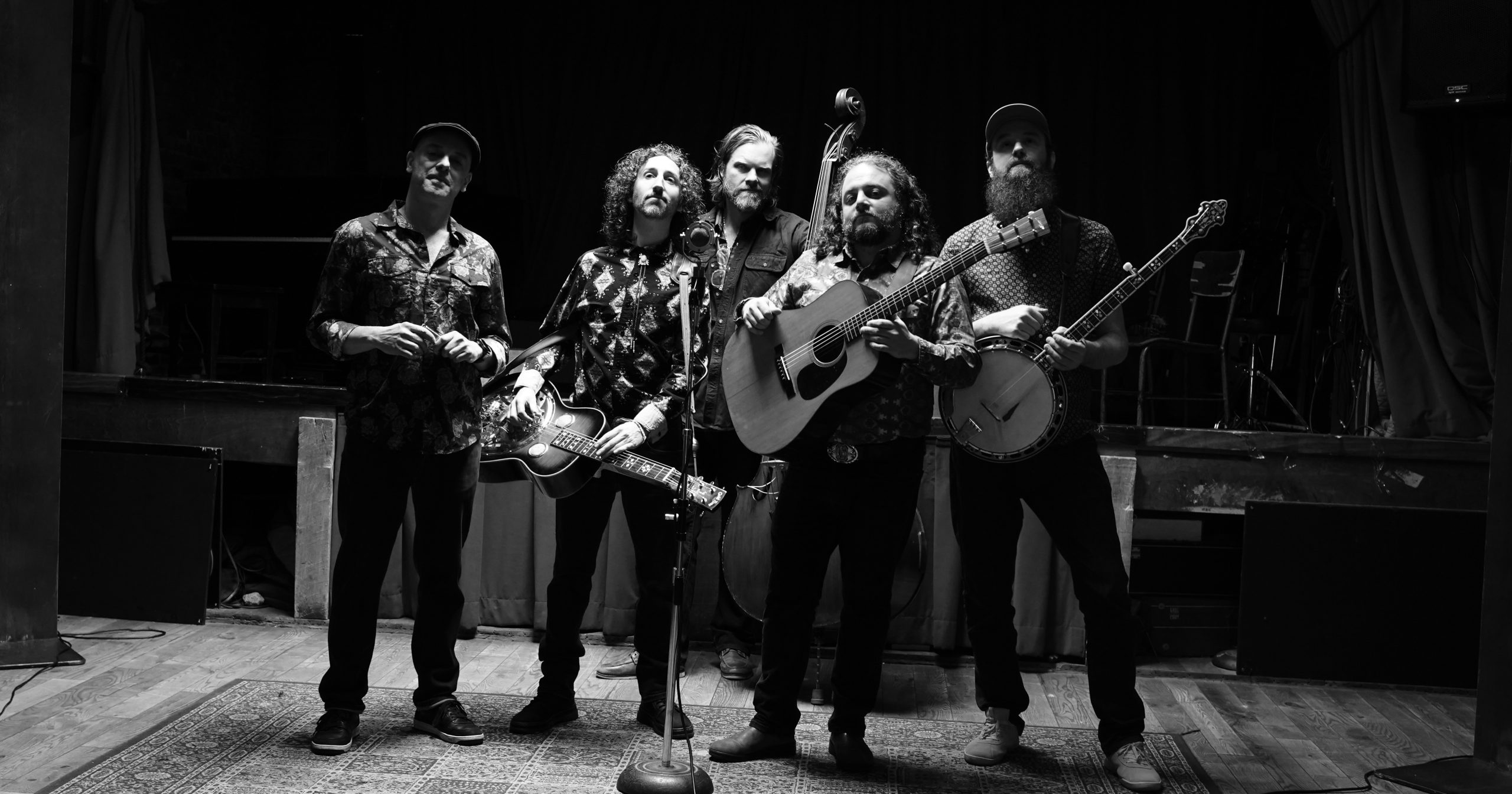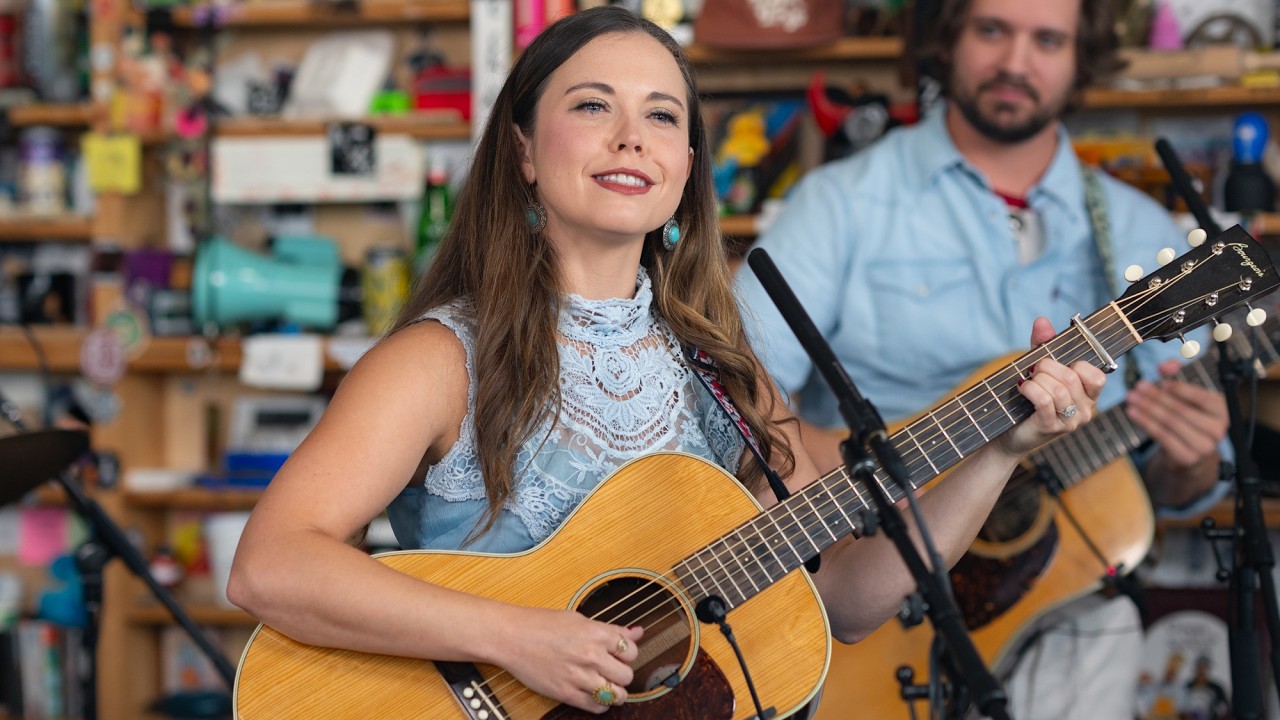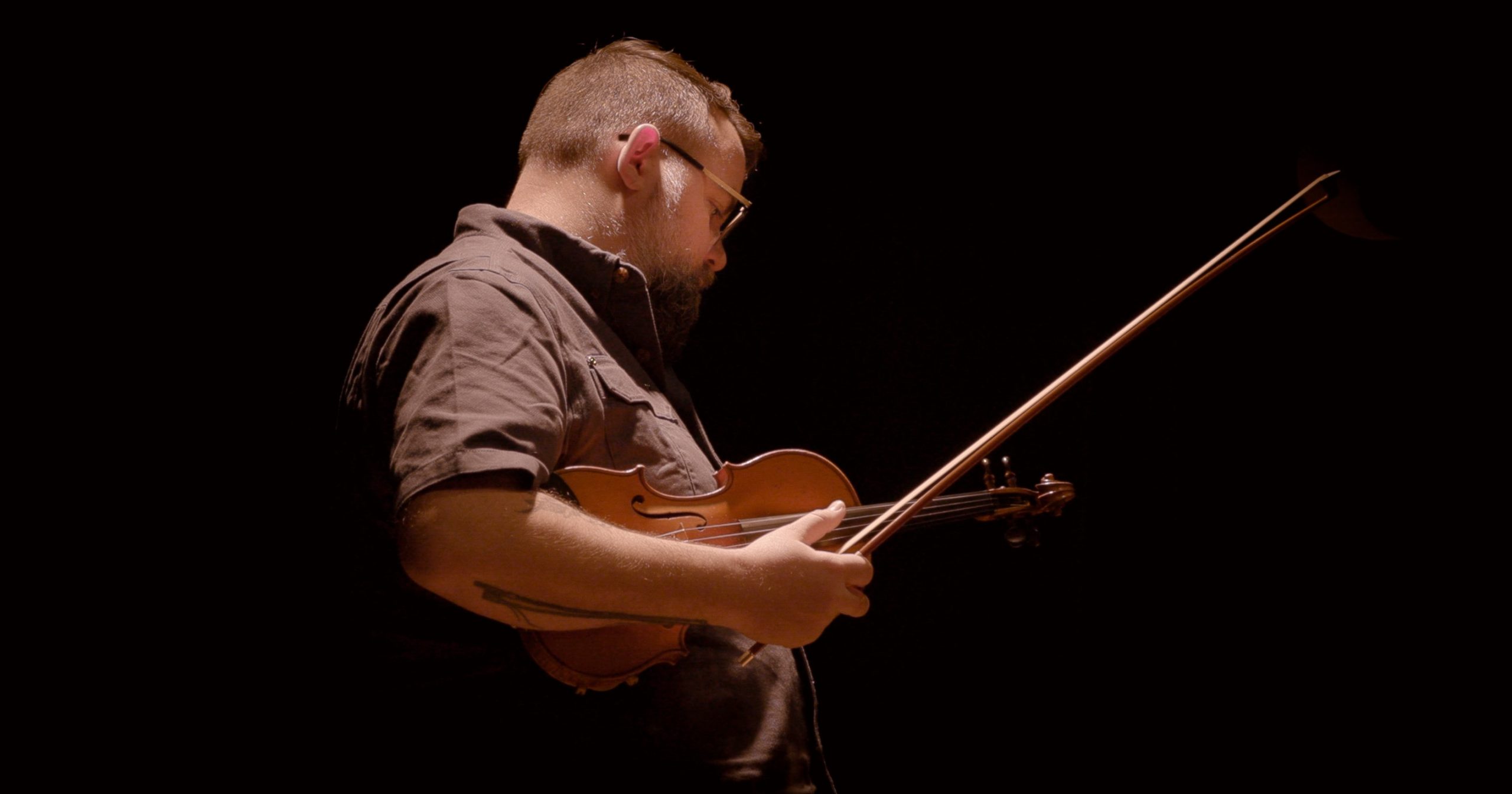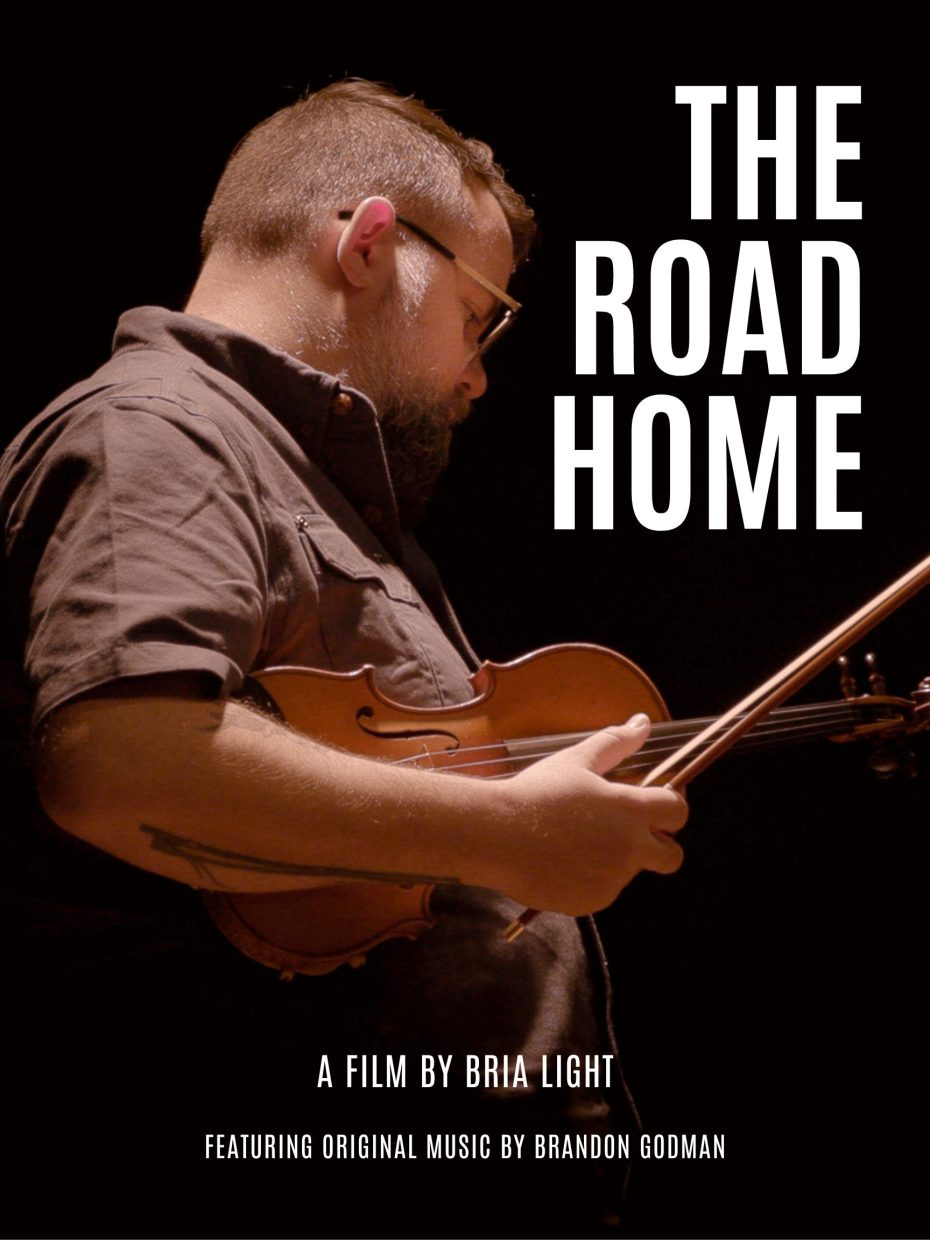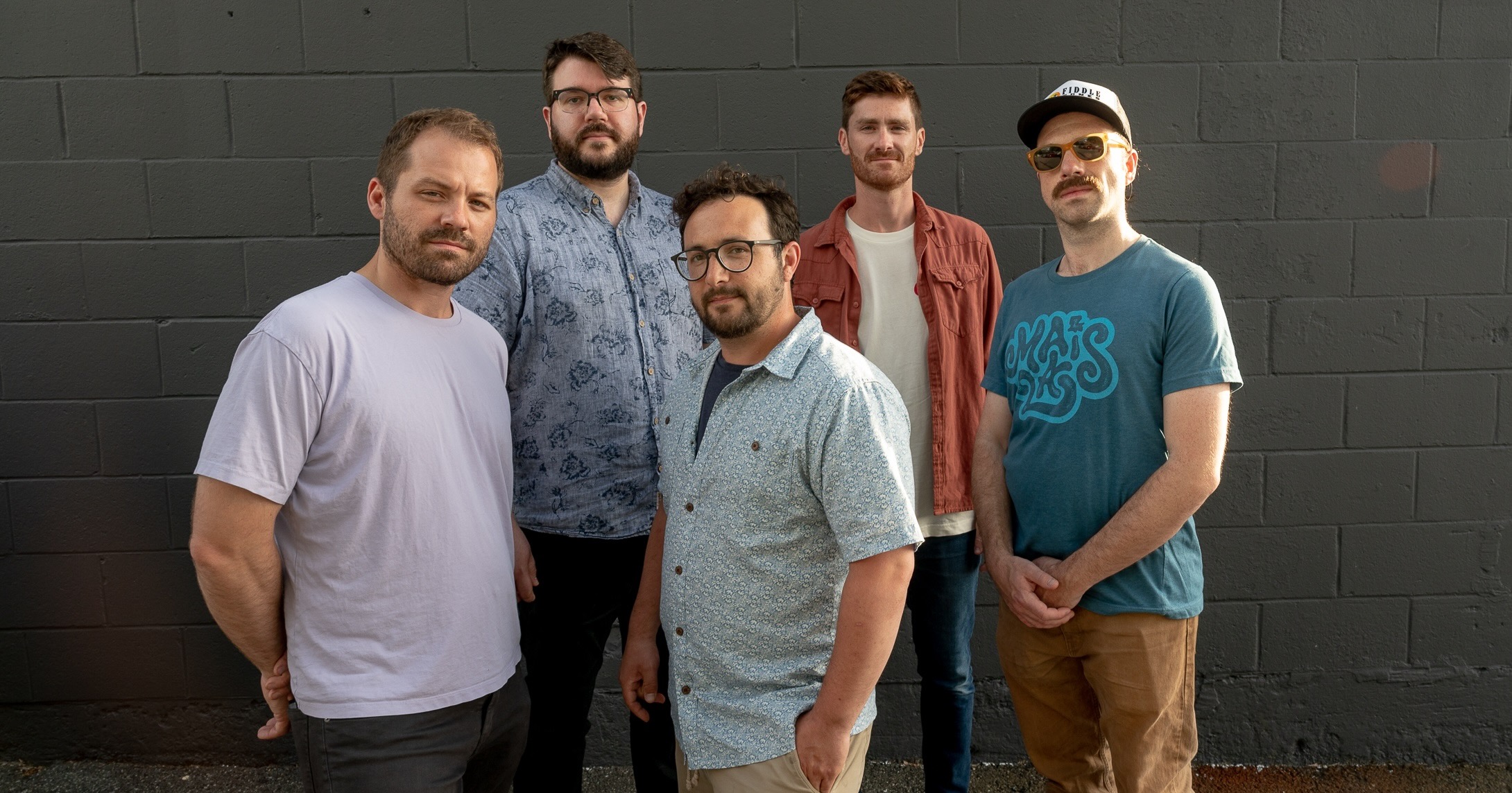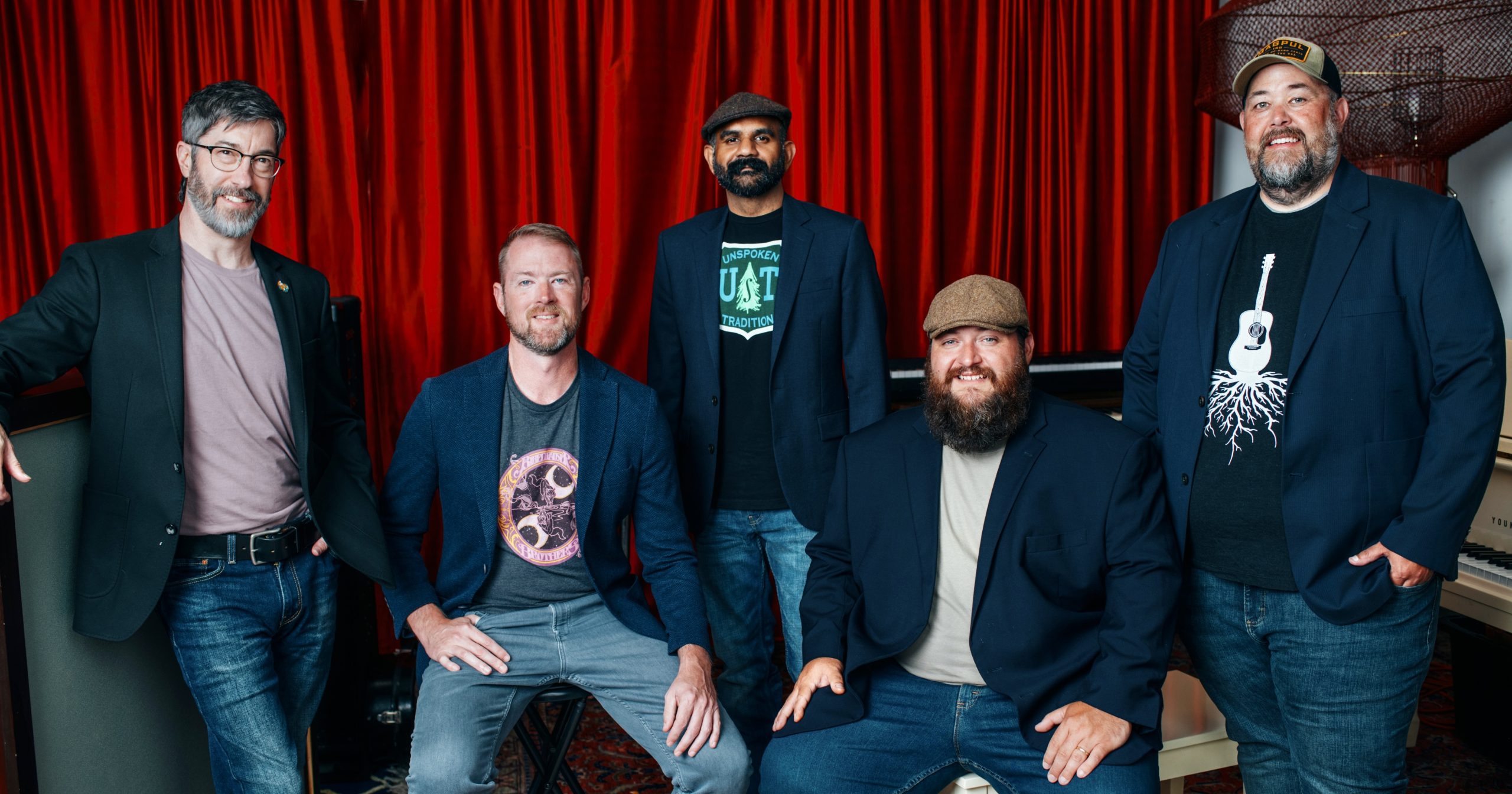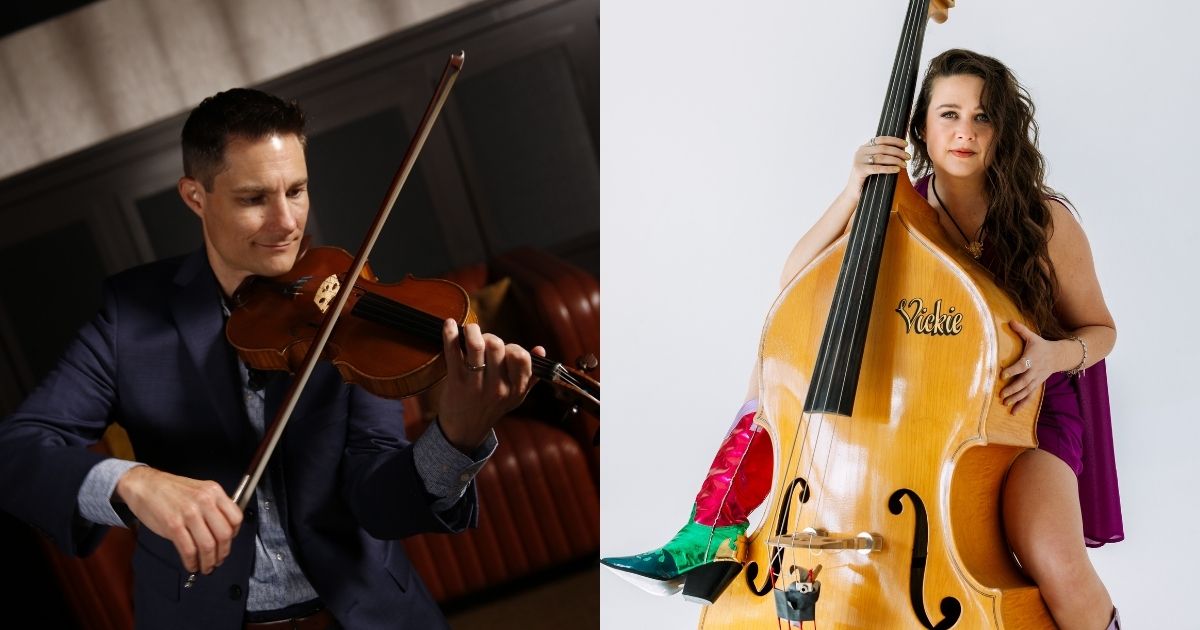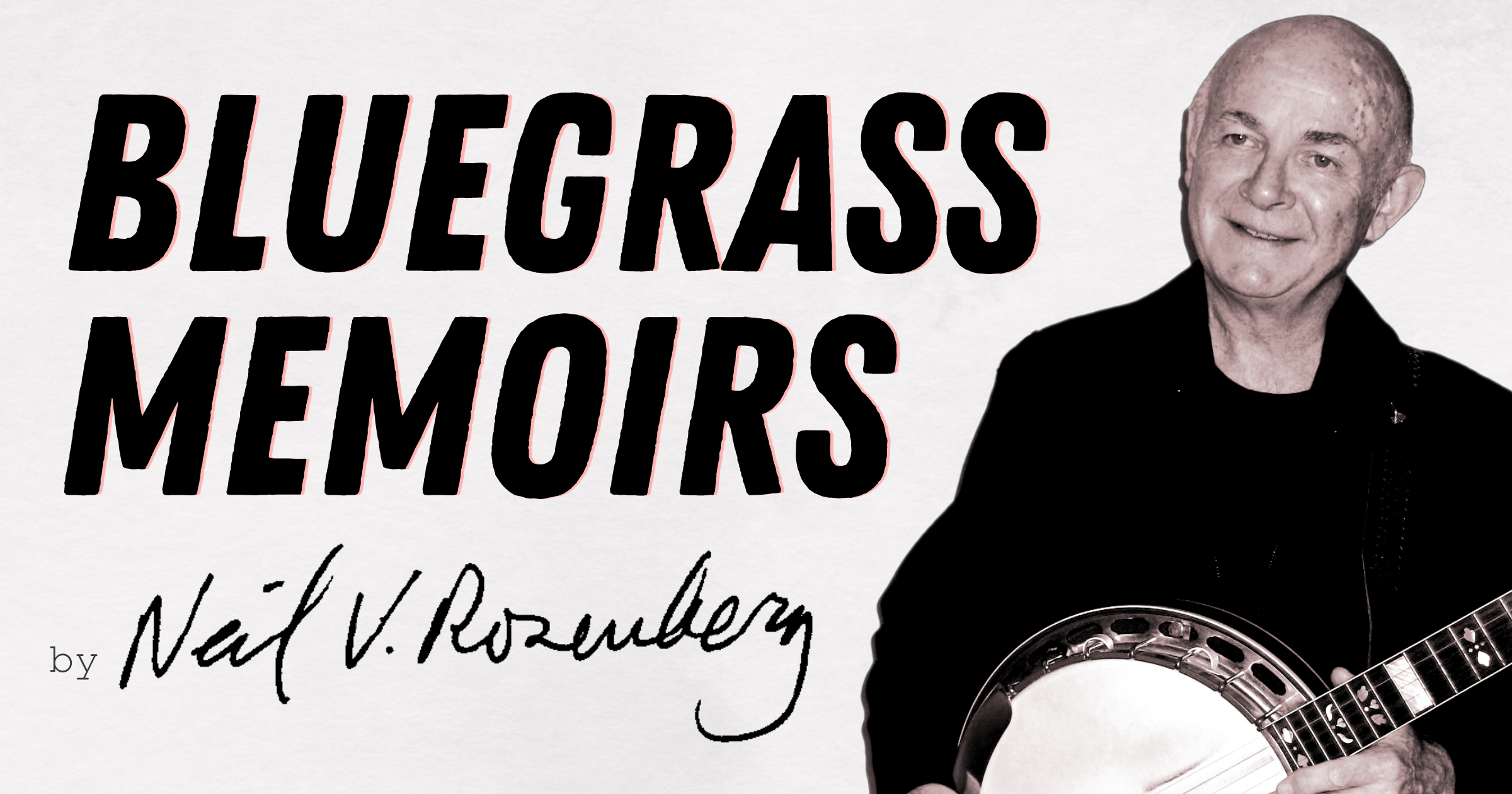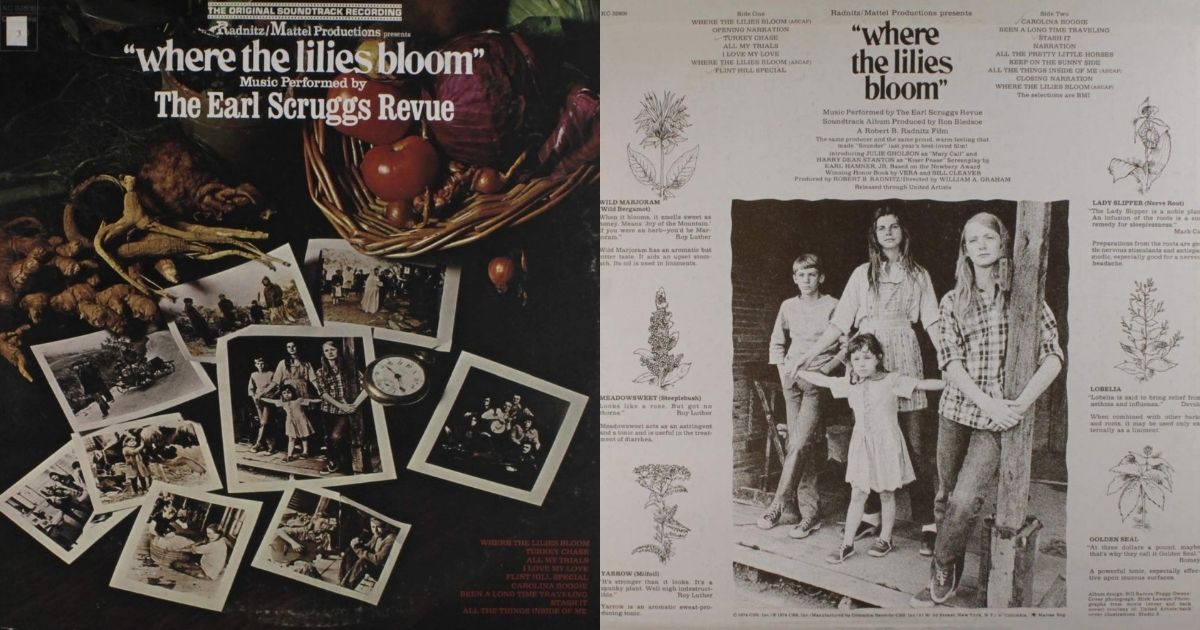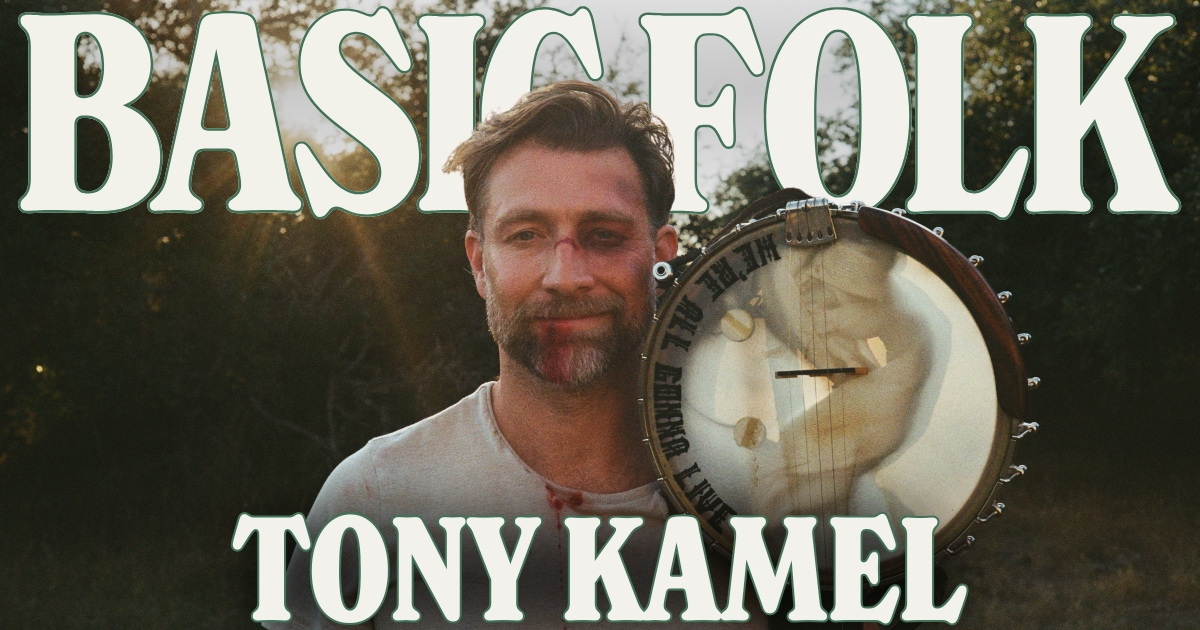Bluegrass and folk, Americana and country – it’s another excellent serving of new music in our weekly roundup!
Beloved long-running bluegrass group Lonesome River Band have a new single out today, “Square Dance Friday Night,” which you can hear below. Written by LRB member and artist-songwriter Jesse Smathers, it’s the perfect track for New Music Friday whether or not a square dance is in your future – and of course, one should be. You’ll also find a preview of an upcoming track from singer-songwriter Elexa Dawson, “Roots Grow,” in our collection. Drawing on connections to land and ecology, it’s a string-Americana examination of the cycles of life; it readily shows how and why Dawson can often be found on the folk charts.
Don’t miss Kentucky’s Nicholas Jamerson joined by Rachel Baiman on his new song, which drops today. “How Sunday Feels” is more than apt in its vibey, grooving observations of toxicity and duplicity in religion and belief systems. Impeccable guitarist, singer, and songwriter Jack Schneider, who’s a delightful collapser and combiner of genres and eras, also debuted a new single this week as well. Check out”Stone’s Throw Away,” a Barbara Keith cover that fits Schneider – and his upcoming album, Streets Of September –downright perfectly, shining with an indie-folk gilt.
We also have a special video treat this week, as we’re picking up and sharing a few performance videos from singer-songwriter Rachel McIntyre Smith from her Honeysuckle Friend Sessions series, which has been running on her social media and YouTube channel since October. Starting today and continuing over the next several weeks, we’ll share a series of three Honeysuckle Friend Sessions by McIntyre Smith and her musical friends and collaborators celebrating her recent EP. This edition features Smith in duet with Rebecca Lee Daniels offering a lovely rendition of Dolly Parton’s “Coat of Many Colors.”
Wherever you like your roots music to grow, there’s always a superb song just a stone’s throw away in our weekly roundup. You Gotta Hear This!
Elexa Dawson, “Roots Grow”
(Click to listen)
Artist: Elexa Dawson
Hometown: Emporia, Kansas
Song: “Roots Grow”
Album: Stay Put
Release Date: August 15, 2025 (single); September 12, 2025 (album)
Label: Turns Out Records
In Their Words: “‘Roots Grow’ is a celebration of the cycles of life. It can’t be all ‘love and light’ all the time. When times get hard, I look to the world around me, to the trees and animals, and I see lots of things that thrive in darkness. I think we can channel that energy and get through the dark times facing us with the help of the tree folk, who are a lot older and smarter than we are.” – Elexa Dawson
Track Credits:
Elexa Dawson – Vocals, acoustic guitar
Melissa Tastove – Vocals, shaker, djembe
Peter Oviatt – Vocals, shaker, claps, Juno 6 Polyphonic synth, banjo
Kelby Kimberlin – Bass
John Depew – Claps, mandolin
Sarah Bays – Melodica
Nicholas Jamerson, “How Sunday Feels” featuring Rachel Baiman
Artist: Nicholas Jamerson
Hometown: Prestonsburg, Kentucky
Song: “How Sunday Feels” featuring Rachel Baiman
Album: The Narrow Way
Release Date: August 8, 2025 (single); September 12, 2025 (album)
Label: Cloverdale
In Their Words: “This song was inspired by some keyboard warriors who use religion as a weapon of condemnation, rather than a tool of liberation from their own ego. Universally, I hope anyone who’s using their beliefs, whether religious, political, or philosophical, as a shield to judge and harm others will hear this song and maybe stop and think before speaking so critically about others.” – Nicholas Jamerson
Track Credits:
Nicholas Jamerson – Vocals, acoustic guitar, songwriter
Rachel Baiman – Fiddle, vocals, songwriter
Josh Oliver – Electric guitar, organ
Steve Haan – Bass
Mark Raudabaugh – Drums
Lonesome River Band, “Square Dance Friday Night”
Artist: Lonesome River Band
Hometown: Floyd, Virginia
Song: “Square Dance Friday Night”
Release Date: August 8, 2025
Label: Mountain Home Music Company
In Their Words: “‘Square Dance Friday Night,’ written by our bandmate Jesse Smathers, is a story of years gone by in rural America. Growing up in the 1970s, I played so many square dances and gatherings attended by the unique characters described in this song. So many friendships were built in the VFW halls and community centers that lasted forever. Music and dancing was the main source of entertainment for working class folks and it was the way to end the week with celebration!” – Sammy Shelor
“The tie between playing music and dancing is a huge part of the culture along the Appalachian mountains. Growing up, I remember cutting my teeth playing music for dancers at local venues along the North Carolina/Virginia line. It has always been a beautiful community event. ‘Square Dance Friday Night’ is your invitation to a night full of fun and tells of some of the interesting characters you may meet while there.” – Jesse Smathers
Track Credits:
Sammy Shelor – Banjo
Jesse Smathers – Acoustic guitar, lead vocal, songwriter
Mike Hartgrove – Fiddle
Adam Miller – Mandolin, harmony vocal
Kameron Keller – Upright bass
Rod Riley – Electric guitar
Rachel McIntyre Smith, “Coat of Many Colors” featuring Rebecca Lee Daniels (Honeysuckle Friend Sessions)
Artist: Rachel McIntyre Smith with Rebecca Lee Daniels
Hometown: Oliver Springs, Tennessee
Song: “Coat of Many Colors”
Latest Album: Honeysuckle Friend (Deluxe)
Release Date: August 13, 2025 (video); June 27, 2025 (deluxe EP)
In Their Words: “Rebecca Lee Daniels is one of my favorite singer-songwriters, so I was thrilled when she agreed to be part of my series, the Honeysuckle Friend Sessions. Since moving to Nashville, she has become one of my closest friends in the music scene. We chose this song because we are both East Tennessee girls who love Dolly Parton. I think we recorded this in just one or two takes, because it’s such a go-to song for both of us. I’m so excited for BGS to partner with me on three sessions in this series. Keep an eye out in two weeks for another Honeysuckle Friend Session right here on BGS as part of ‘You Gotta Hear This.'” – Rachel McIntyre Smith
“It’s so meaningful to sing with one of my closest friends and collaborators – on my favorite Dolly Parton song, no less! Rachel and I share a common thread with Dolly in that we’re all three Appalachian women raised in the foothills of East Tennessee. As an artist who writes and releases Appalachian- and bluegrass-centric music, being featured in BGS is more meaningful than I can put into words and I’m so grateful to Rachel for the opportunity!” – Rebecca Lee Daniels
Track Credits:
Rebecca Lee Daniels – Guitar, vocals
Rachel McIntyre Smith – Vocals
Video Credit: Filmed and edited by Rachel McIntyre Smith.
Jack Schneider, “Stone’s Throw Away”
Artist: Jack Schneider
Hometown: Atlanta, Georgia
Song: “Stone’s Throw Away”
Album: Streets Of September
Release Date: August 6, 2025 (single); September 19, 2025 (album)
In Their Words: “My mission as a singer-songwriter is not to just perform my own compositions, but to preserve the music that inspires me, especially the hidden gems that deserve to find their way out into the world.
“Discovering Barbara Keith, who wrote and originally performed ‘Stone’s Throw Away,’ was serendipitous. I was in New York record-shopping with guitar historian Maple Byrne and it was he who stumbled upon a copy of Barbara Keith’s self-titled record. He insisted that I check it out, so I bought it at his recommendation. When I listened, it was almost spiritual how deeply Barbara’s songs moved me, specifically ‘Stone’s Throw Away,’ because of the line, ‘Georgia never looked so good as it does in Tennessee.’ Every now and then someone else’s words align with your own lived experience and this song is a perfect example of that for me.
“Recording it on my new record was also serendipitous. I had made a 4-track cassette demo of this song at one point, purely for my own amusement, and when my producer Matt Andrews (Gillian Welch, Dawes) came across the demo in a folder, we put it in the mix. Matt, never having heard the original version, liked how well it connected to the narrative theme of the other songs we’d selected. I am thrilled with how it turned out. Above all I am just hopeful to be able to draw more people’s attention to the music of Barbara Keith. She is incredible and I hope this version of her song does it the justice that it deserves.” – Jack Schneider
Track Credits:
Jack Schneider – Electric guitar, lead vocal
Camille Thornton – Electric guitar, vocal harmony
Wendy Moten – Vocal harmony
Dominic Billett – Drums
Jared Manzo – Bass
Matt Andrews – Organ
Photo Credit: Jack Schneider by Annie Loughead; Elexa Dawson by Lifeleak Visuals.
